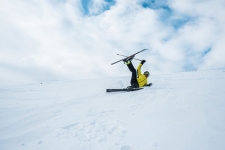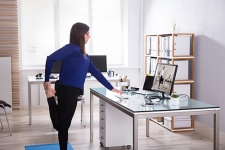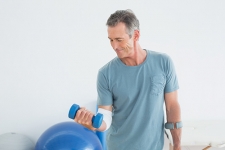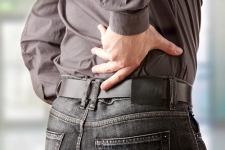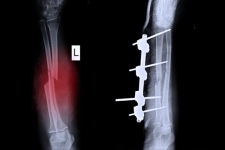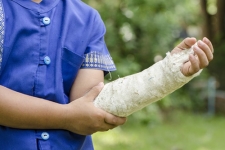How to Know When It’s Time to Consult a Physician on your Shoulder Injury
The first thing you have to know is what the shoulder exactly is. It is made up of three bones, the collarbone, shoulder blade, and the upper arm bone (humerus), two tendons, and three ligaments. The shoulder has the largest range of motion of all joints in the human body which makes it an unstable joint.


